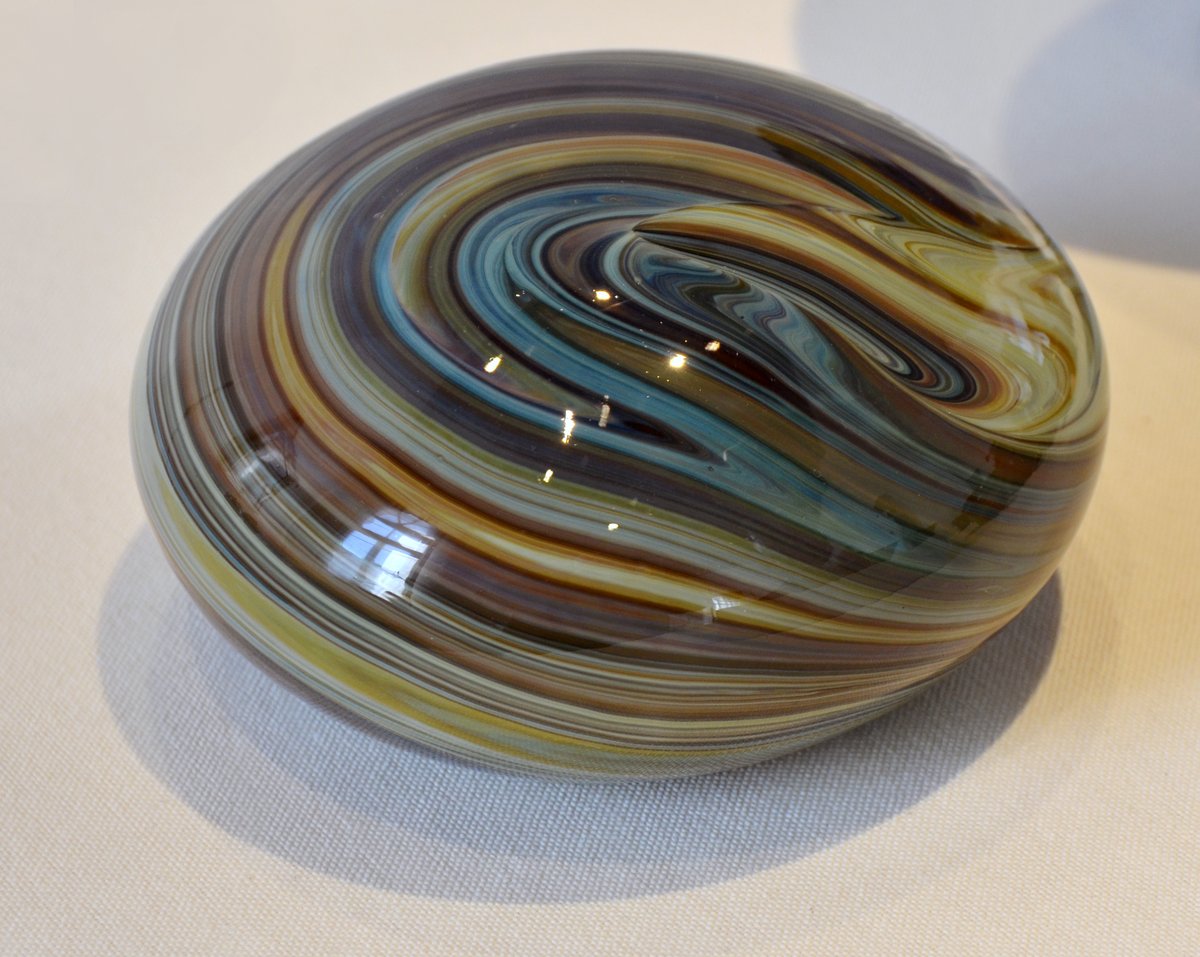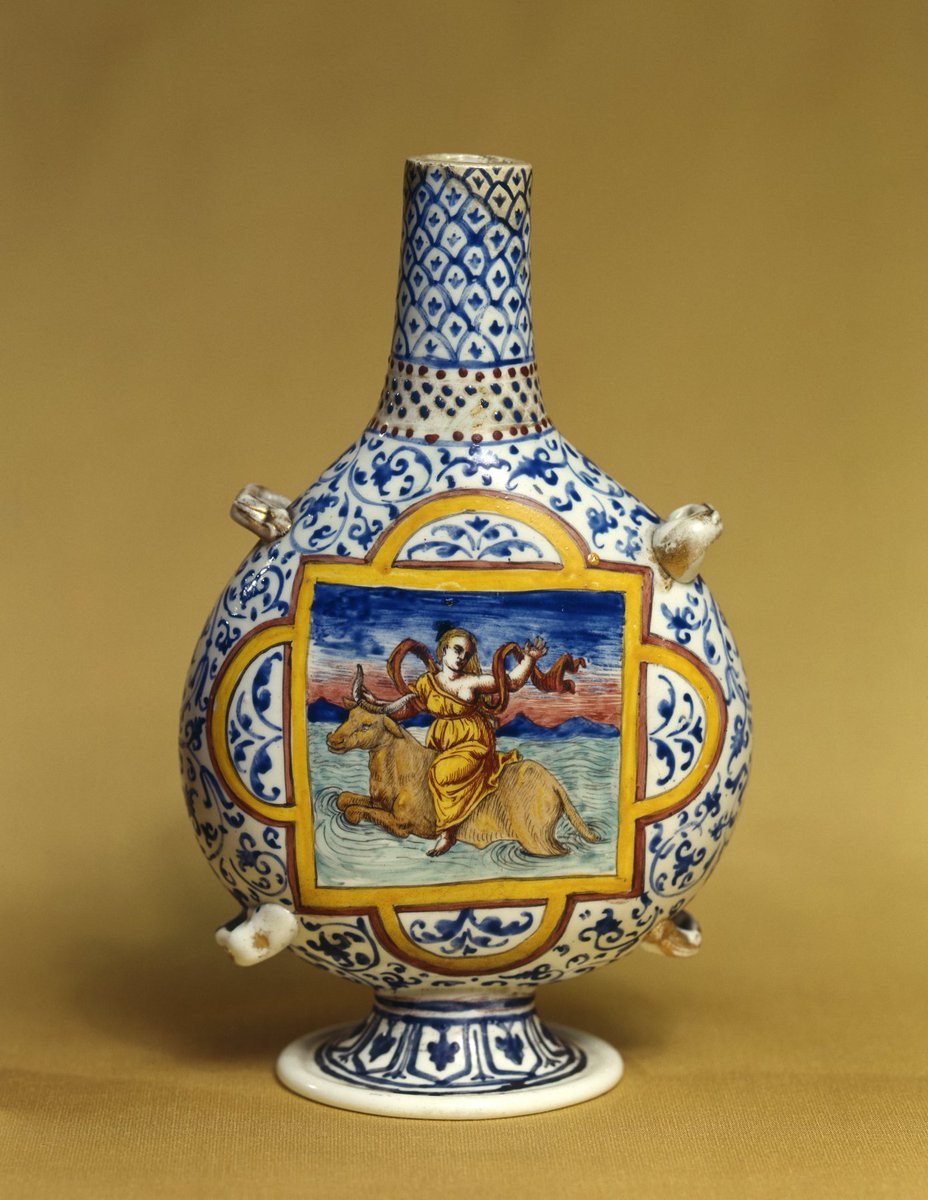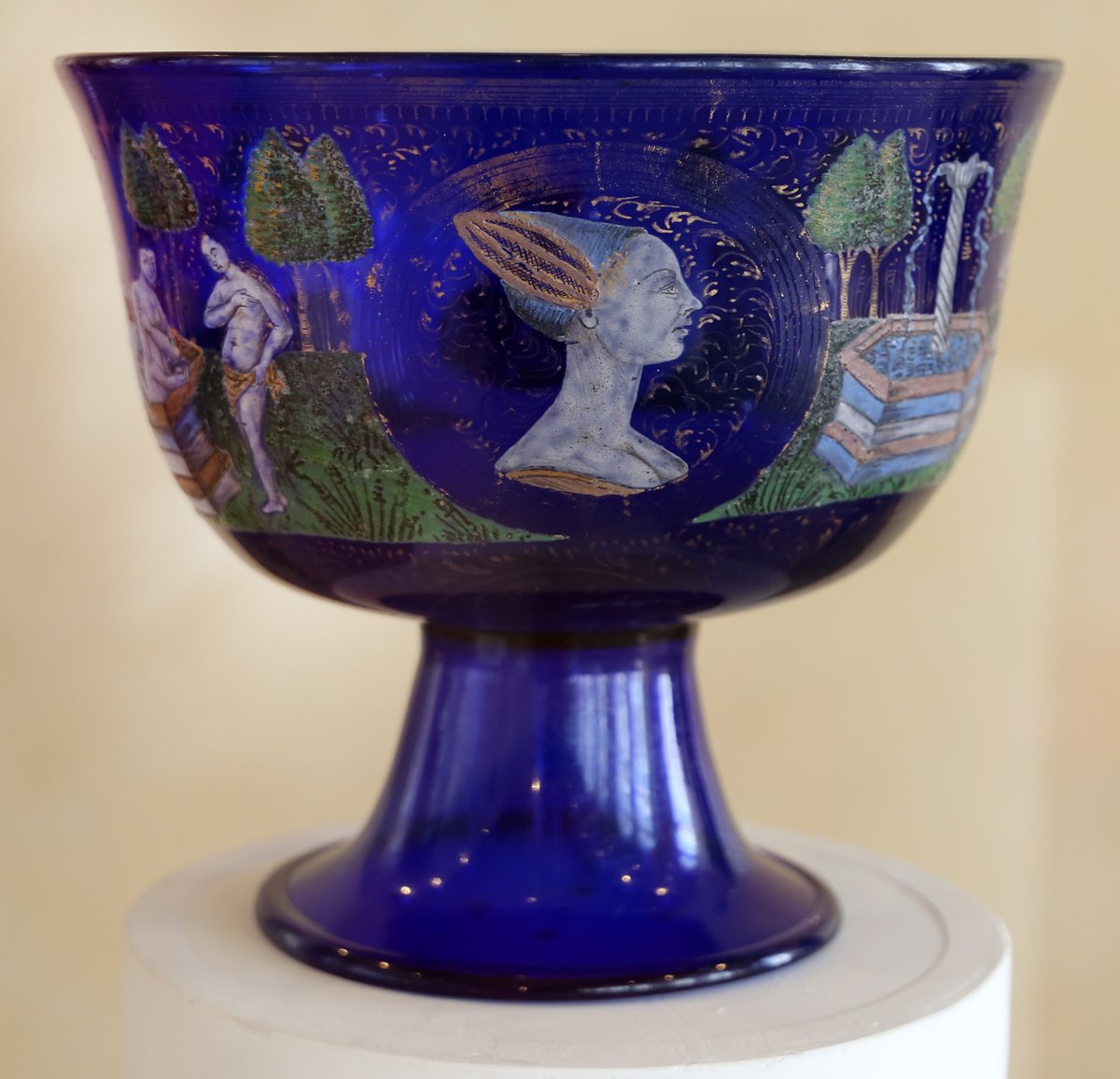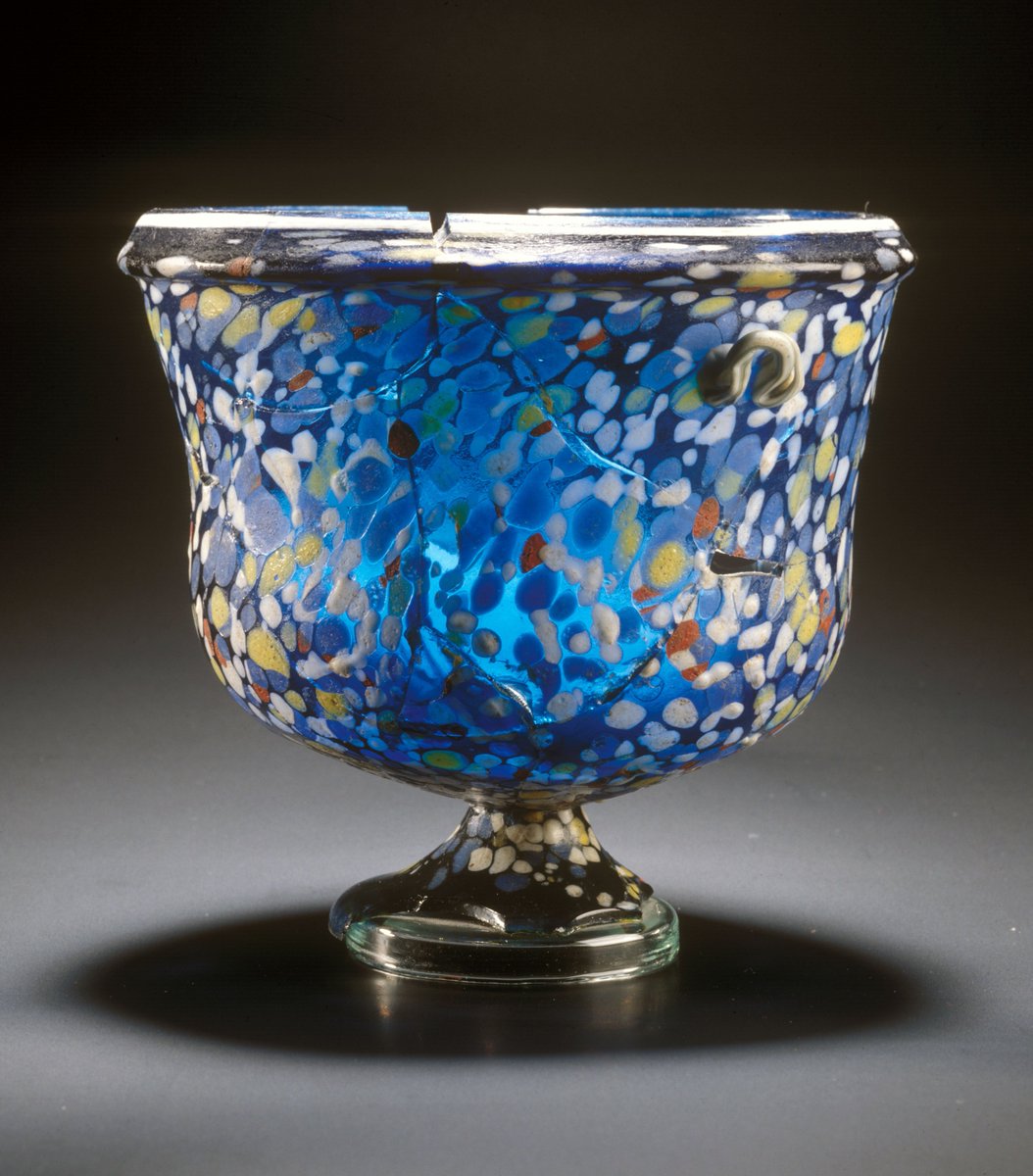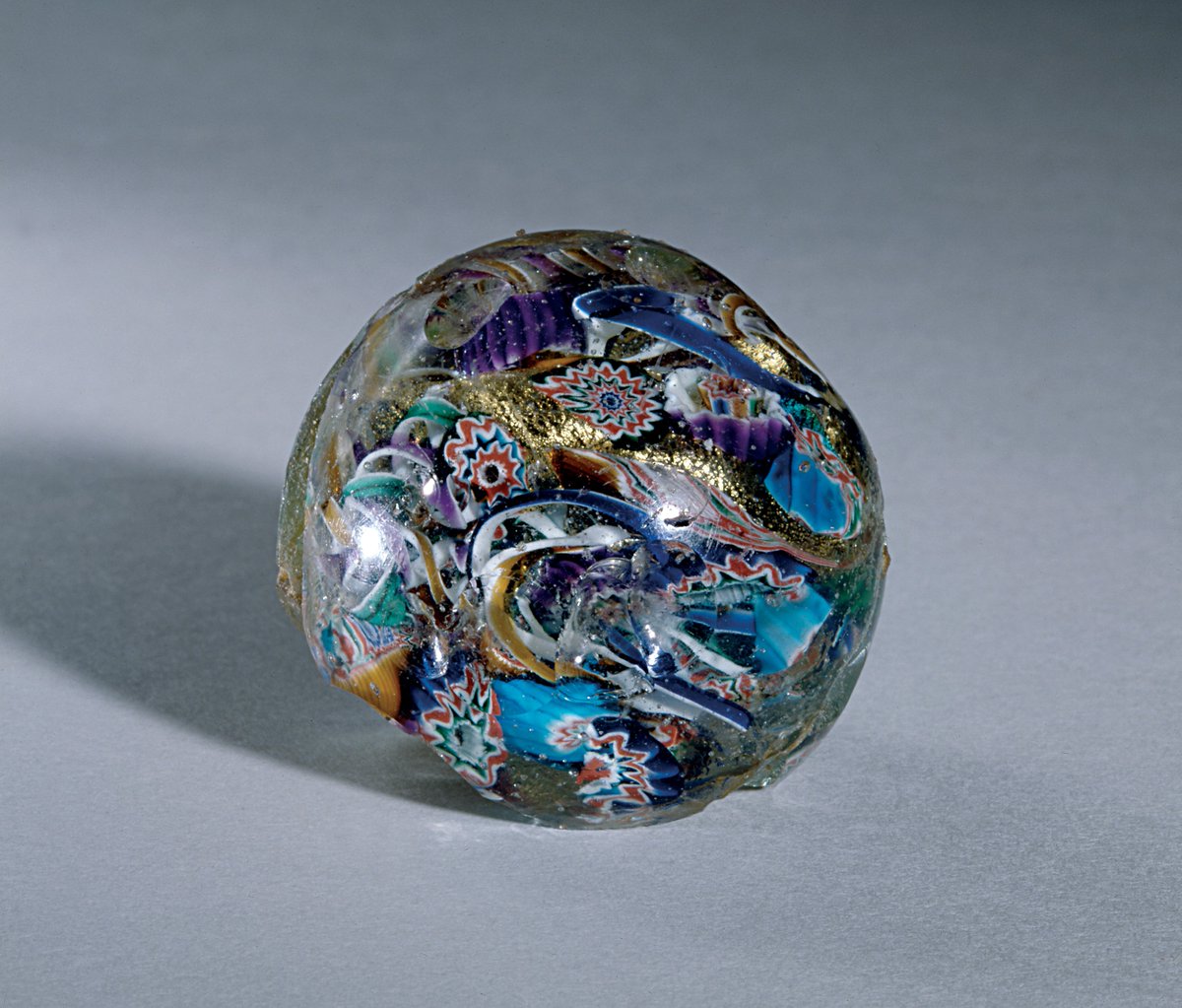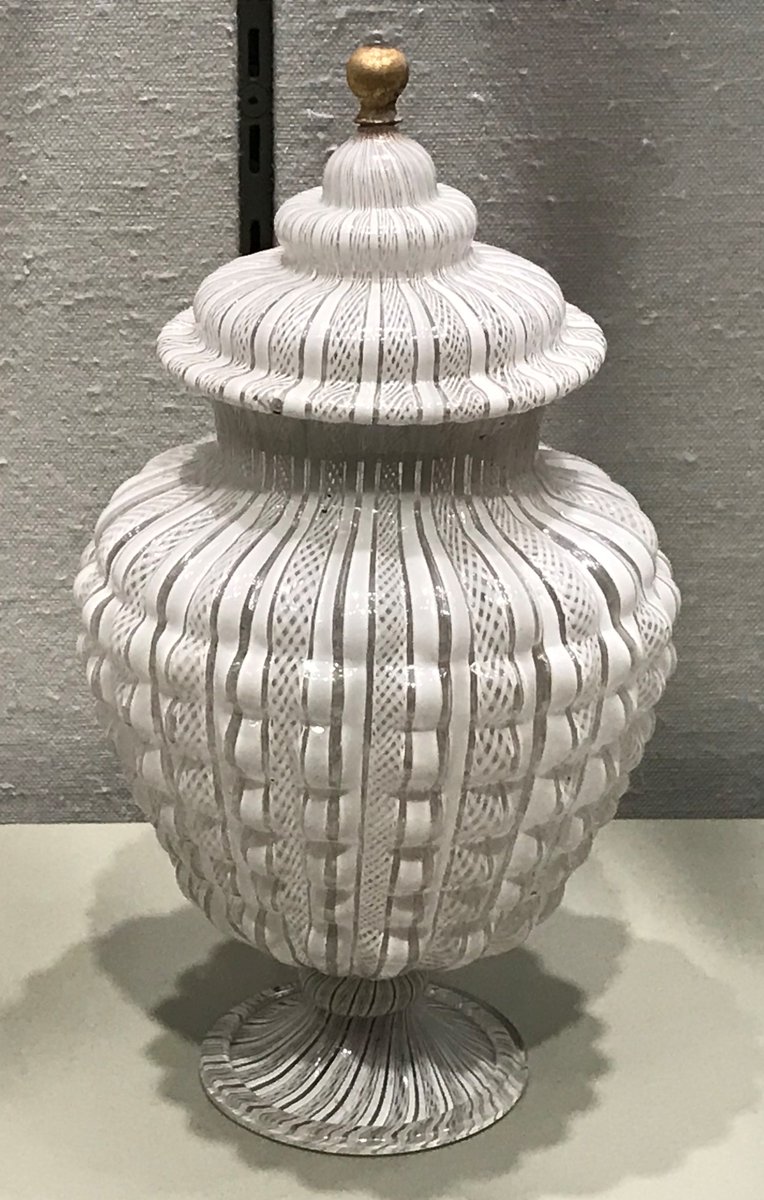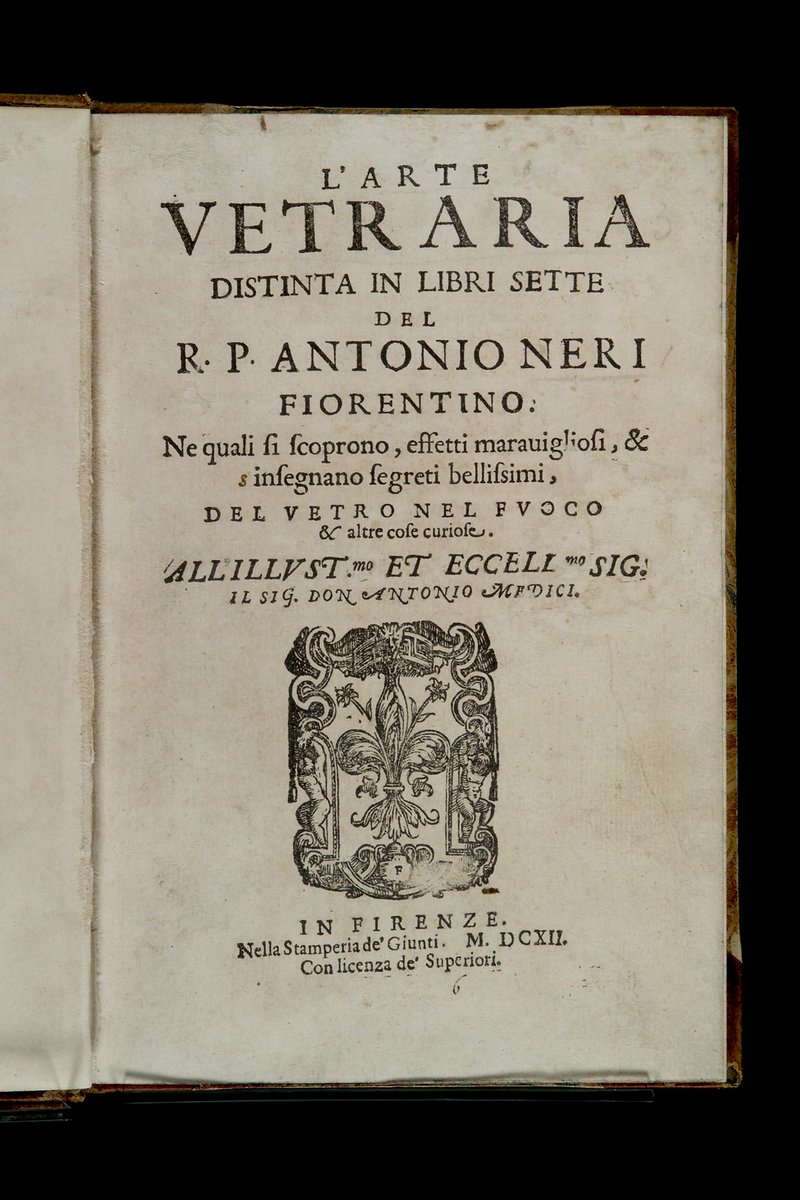Random geekery thread: Murano glass
What I already know (kinda): glass produced in Venice; it was a protected secret of the local glassmaker guild who had a policy of "you can enter but you can never leave."
Where I might go with this:
- what makes Murano glass special (obvs)
- history of Venice
- history of glassmaking
- what other things were historical trade secrets
- what makes Murano glass special (obvs)
- history of Venice
- history of glassmaking
- what other things were historical trade secrets
Murano is now a district of Venice but it used to be a town in its own right, consisting of several linked islands (see: 27 on the map).
There are many islands in the Venetian Lagoon and there are, still, several cities located on them. It& #39;s not just Venice!
There are many islands in the Venetian Lagoon and there are, still, several cities located on them. It& #39;s not just Venice!
Why specifically Murano? Glassmaking was restricted by law to Murano in 1291. Glass factories often caught fire, and having them on a separate island decreased risk of a major fire in Venice.
Glassmakers were not allowed to leave Murano without permission from the government, under threat of imprisonment of family members and an assassin sent after the glassmaker!
Divulging trade secrets was also punishable by death. Yikes.
Divulging trade secrets was also punishable by death. Yikes.
In return, they enjoyed close connections to nobility: Murano used to be a summer resort for the nobles, and when daughters of glassmaker families married a noble, their children would also be nobles.
They also enjoyed several-month-long summer vacation! (Risk of fires again?)
They also enjoyed several-month-long summer vacation! (Risk of fires again?)
We& #39;re talking about Republic of Venice here, and the period of 13th to 17th century. 15th-16th c. was the peak of popularity of Murano glass.
I stan the Republic of Venice (that deserves a separate thread.)
TLDR: a sea-faring oligarchic city state that dominated the trade with Middle East, ruled by a group of 10 elected-by-nobility patricians (iirc the election was never manipulated or the officials corrupted.)
TLDR: a sea-faring oligarchic city state that dominated the trade with Middle East, ruled by a group of 10 elected-by-nobility patricians (iirc the election was never manipulated or the officials corrupted.)
So, what made Murano glass special? It turns out there was not just one "Murano glass", but many techniques invented in Murano.
They can be grouped into: glass that simulates semi-precious gems, and caneworking (adding patterns by embedding rods of multi-coloured glass.)
They can be grouped into: glass that simulates semi-precious gems, and caneworking (adding patterns by embedding rods of multi-coloured glass.)
Crystal glass stands out, because its invention marks the point when foreign glassmakers stopped being able to work in Murano furnaces.
In 1605, there was introduced a "Golden Book" listing Murano citizens, and only these men were allowed to become glassmaker masters and owners.
In 1605, there was introduced a "Golden Book" listing Murano citizens, and only these men were allowed to become glassmaker masters and owners.
Crystal glass or cristallo was the first truly colourless, transparent glass, similar to rock quartz.
It was engraved or decorated with enamel, the recipe for which was a proprietary secret of each craftsman or workshop.
It was engraved or decorated with enamel, the recipe for which was a proprietary secret of each craftsman or workshop.
Calcedonio glass is marbled, and looks like chalcedony.
This picture is a 19th century example, but the technique was invented in 14th century.
This picture is a 19th century example, but the technique was invented in 14th century.
Aventurine glass, also called goldstone, was invented in the 17th c by the Miotti family. This was one of the most ambitious secrets, and the recipe was apparently lost and recovered several times.
An example from the 19th century:
An example from the 19th century:
Finally, lattimo or milk glass is an opaque white glass and decorated with enamel, meant to resemble enamelled Chinese porcelain.
From 16th century, a flask shaped like a pilgrim& #39;s flask with the scene of abduction of Europa:
From 16th century, a flask shaped like a pilgrim& #39;s flask with the scene of abduction of Europa:
Funny how cristallo and lattimo seem cheap to me, and yet in the 15th century they must have been beautiful and precious. They imitated rare, impossible to produce locally materials (rock quartz and Chinese porcelain, which they were unable to produce in Europe.)
Angelo Barovier, a famouos 15th c glassmaker, is said to have discovered the techniques of producing cristallo, lattimo, and chalcedony glass, and revived the practice of enamelling. He is known to have had exclusive rights to producing cristallo.
There are no known works of Barovier. Some attribute to him the wedding cup in Museum of Glass in Murano:
Canes are long, thin sticks of glass which can then be grouped or twisted with each other, or overlaid with layers of coloured glass, to be later introduced into larger glass objects as decoration.
Mosaic glass contains patterns known as murrine (sg. murrina). These are made from glass cane slices. The name "murrina" comes from Murano, which revived it in the 16th century, although the technique was previously known in the Middle East. Examples from ancient Rome exist.
An especially recognisable variety of mosaic glass is millefiori ("thousand flowers") where the canes are arranged in flower-like patterns
Again, ancient Roman examples exist. This one is from Venice "after 15th c":
Again, ancient Roman examples exist. This one is from Venice "after 15th c":
Finally, filigrana or filigree glass was made by embedding glass canes in colorless glass, giving it the appearance of a carved surface.
The Doge or some other body of republic could grant a patent for a technique. There exists a 1527 patent to Filippo Serena for invention of filigrana a retortoli (twisted filigree). Filigree glass was apparently the most important invention of 16th c Murano.
Industrial espionage throve. One well-known example was Giorgo Ballarin, a lame boy pretending to be a simpleton who used this to spy on master glassmakers, learn the trade, and then set up his own business, becoming one of the biggest glassmakers on the whole island.
Despite the severe penalties, Murano glassmakers did emigrate to other European countries, especially major Italian towns.
Their products were known as glass "à la façon de Venise".
Their products were known as glass "à la façon de Venise".
In 1612, Antonio Neri, a Florentine priest and expert in alchemy published L’Arte Vetraria, the first manual of glassmaking technology. It was a collection of recipes taken from secret Venetian recipe books, which he had tested in collaboration with masters of Murano.
The dominance of Murano glassmaking was shaken by the plague of 1630, and ended with the fall of Republic of Venice to Napoleon Bonaparte in 1797 (subsequent taxes and tariffs made glassmaking unprofitable), and the rise of Bohemian and English glass, more durable than cristallo.
The revival of Murano glassmaking began the second half of 19th c, after Venice became part of Italy. New techniques, such as sommerso (dipping coloured glass into another contrasting layer), were also invented.
As before, they& #39;re also fighting imitation works.
As before, they& #39;re also fighting imitation works.
Hope you enjoyed this short dip into history of art, and now I need to go eat something, therefore:
~end thread~
~end thread~
Most of the images are from wikimedia. Historical facts are largely either from wikipedia, or from this excellent article:
http://www.dvpaperweights.org/newsletters/murano_pt1.html">https://www.dvpaperweights.org/newslette...
http://www.dvpaperweights.org/newsletters/murano_pt1.html">https://www.dvpaperweights.org/newslette...

 Read on Twitter
Read on Twitter

